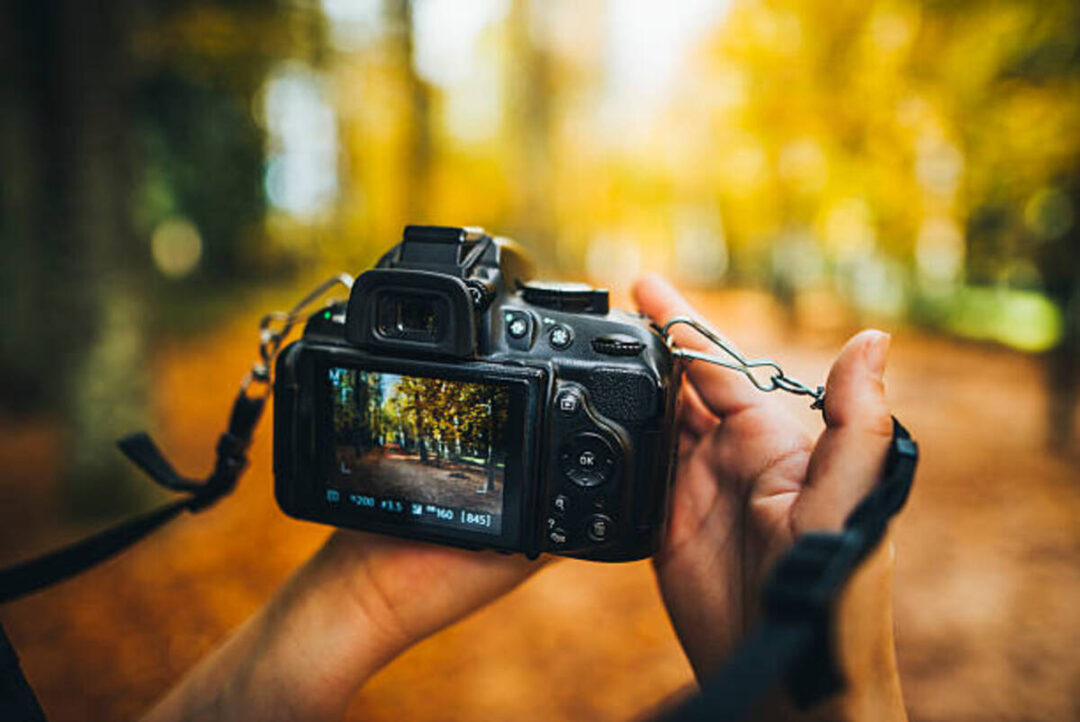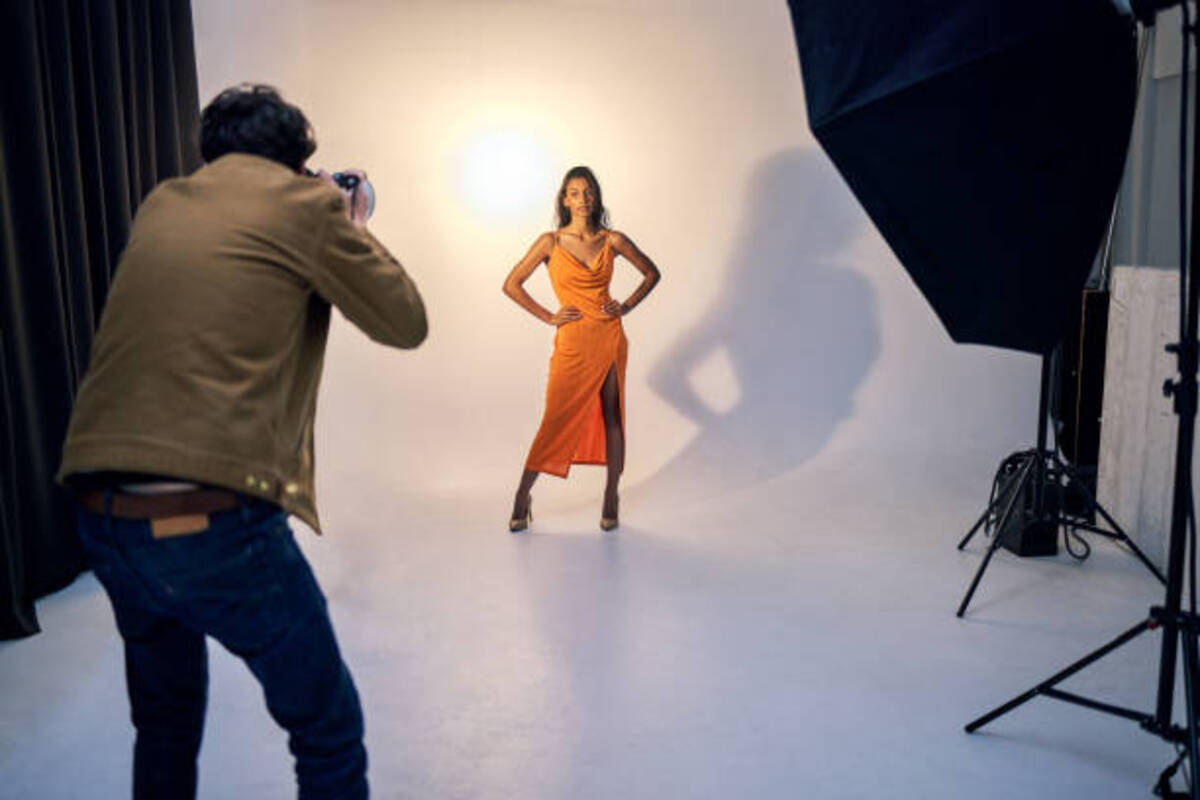Starting as a photographer can be a challenging task. You may not know what you need and fail to use the right equipment. You need a reliable camera and lens, but are they the only equipment? Of course, not. More equipment is necessary to make your life as a photographer easier and produce outstanding photos to build your brand.
This article explores the necessary camera equipment.
Camera
Every photographer needs a camera they can effortlessly use to capture perfect photos. The camera should produce the picture you have in mind. That sounds easy, but getting a reliable camera could be challenging.
An entry-level DSLR camera is the best choice if you are starting as a photographer. You can also work with a mirrorless camera. A DSLR has an internal mirror that lets you see what the lens sees. It does this by reflecting light from the lens into an optical viewfinder. A mirrorless camera lacks this feature, making it smaller and lighter.
A friend can recommend a brand they use, or you can check the reviews before purchasing one. Once you understand the camera’s limits, you can capture excellent photos.
Lens
The lens focuses the light and allows you to capture perfect photos. Many cameras allow you to switch lenses, enabling the photographer to dictate the type of images created. This flexibility allows photographers to work in different industries and produce the required output.
Many photographers buy a camera and then get a lens separately. Before buying a lens, research the market to identify the options compatible with your camera. You can pick from a variety of lenses available in the market. Some include prime, zoom, telephoto, and wide-angle camera lenses.
Know the lens specifics and its ability and compare them against what you want to capture. These factors should inform your decision.
Tripod
Using a tripod depends on the photos you want to take. When working in an environment with challenging light conditions, a tripod is necessary. It helps to keep the camera steady for you to capture a perfect shot. You may also need it to rest heavy camera gear.
Many landscape photographers find a tripod to be an essential piece of equipment. However, a tripod may not be mandatory when covering a sports event or wedding.
Tripod prices vary, and you can get one as low as $50. Some may cost you $600. As a beginner, you can get an inexpensive tripod that suits your needs (but we wouldn’t recommend a plastic tripod). Some factors to consider include stability and weight. You must also check the tripod height to avoid bending when looking into the viewfinder.

Camera Bag
The camera bag you choose depends on various factors. You want a bag that provides convenience and allows you to carry your equipment comfortably. For instance, a landscape photographer may need a backpack since they may have to travel long distances. If you take too much luggage, you may need a roller case.
Consider also the protection the bag provides to your equipment. Although your camera bag doesn’t need too much padding, check the bottom to see if it has an extra layer of protection. Your bag also needs compartments to keep each piece of equipment separate from the others.
An ideal camera bag should have waterproof covers. You also want a durable bag, so check the fabric and settle for hard-wearing ones. The zippers are also important since metallic zippers last longer than plastic ones.
Lens Filters
Filters can influence the light captured by your camera. They play an important role in styling the images you produce. Before you invest in filters, know the options available. The filters could be circular, square, or rectangular. Some types include:
Haze Filters
These are also known as clear filters or UV filters. They protect your lens. If you have a digital camera, it has a UV filter infront of its sensor. Thus, there’s no need to purchase a clear filter for your DSLR. Be careful when buying a clear filter because a substandard one will negatively affect the image quality and add unwanted flares.
Polarizing Filters
Landscape photographers can use polarizing filters to reduce reflections, darken the blue sky, and produce better contrast. A nature photographer will find these filters useful.
Neutral Density Filters
These filters reduce the amount of light reaching your camera lens. They allow the photographer more control in deciding the shutter speed and aperture, allowing more exposure time before capturing your images.
Before investing in filters, ensure it is an option from the higher-end. Low-quality filters will always give you poor-quality images.
Extra Batteries
The camera has a battery and charger, but you will need extra. Consider having at least two camera batteries and an extra charger. They will be essential, especially when going for long trips or hikes.
Memory Card
You need a memory card to store the photos you capture and also transfer them to your computer. Ensure that your memory card can hold more than 1000 photos – at least 32 GB of space. Apart from the available space, ensure that you have a fast memory card. It will allow you to take multiple photos in quick succession, saving time.
Flash
A flash can enable you to take clear photos in dark places. Many cameras come with a pre-installed flash, but you may need a stronger one. You can adjust the flash’s strength to control the amount of light that reaches your subject.
Editing Software
After capturing the images, you may need to adjust the lighting and add a few things. Photo editing software can help you achieve this. You can access many free photo editing software online and use them to create the perfect photos you want. However, free software may have limited features. As you advance with your career, you may need to work with paid software. Research the internet for features before purchasing any software.
Bottom-line
The photography equipment discussed above will make you produce outstanding photos and boost your professional profile. Remember that you also need a cleaning kit to maintain the lenses, camera, and other gear.
